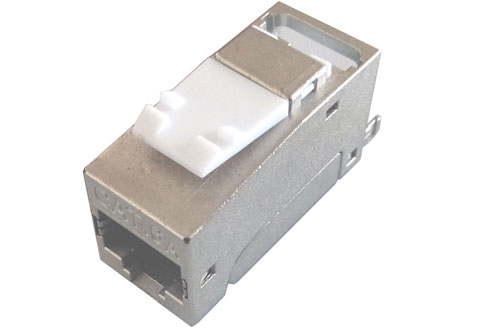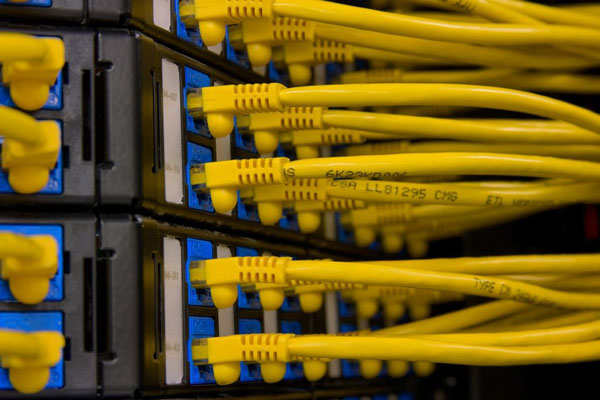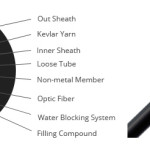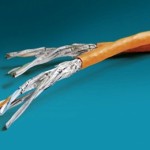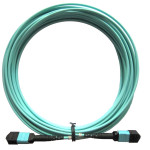 Cable Size and Cable Weight:
Cable Size and Cable Weight:
Controlling noise and crosstalk at higher frequencies has required Category 6A cables up to 50% larger than their Category 6 predecessors. While many available Category 6A options remain significantly larger and heavier, the newest Category 6A cables are only about 15% larger than Category 6.- Installation Complexity
Most Category 6A cables are larger because of their material: more twists in the copper pairs, larger splines separating the pairs, and thicker outer jackets. This adds up to cables that take longer to prepare and terminate. Smaller and more round cables take less time to install. The cable is easier to route and install. It also allows cable routing for maximum airflow within racks. - Power Delivery:
In a conventionally designed cable, the spline and jacket surrounding each copper pair create an insulated compartment that is prone to overheating when delivered PoE. Newer thermal dissipation designs distribute heat around the circumference of the cable, eliminating hotspots. Some are capable of delivering up to 100W PoE while keeping thermal rise within acceptable limits. - Channel Length:
Some small diameter Category 6A cables may support the full 100m distance per channel and need to be de-rated to less than full length. A cable that can handle the full 100m not only provides an extra margin of performance but supports full-length LAN channels and a wider range of data center configurations, including top-of-rack, end-of-row, and middle-of-row configurations. - Ground Loops:
When a shielded cable is terminated at both ends to a local ground and a remote ground, the ground potential difference can cause stray currents to flow in the shield and couple noise into the conductors, interfering with signals and causing transmission errors. - EMI Shielding:
There is no doubt that a shielded cable provides better noise immunity when grounded at both ends with a low impedance ground connection at high frequencies. The effectiveness of the shield depends on the quality and reliability of the shield termination and the quality of the local and remote ground connections. Sometimes a low impedance ground connection is difficult to achieve. Cable designs that symmetrically surround well balanced twisted pairs with a Faraday cage can provide an effective electromagnetic barrier without the need and potential drawbacks of grounding.
- Home
- Блог
- Copper Network
- Top 6 things you need to consider before choosing the Category 6A or Class EA cable
